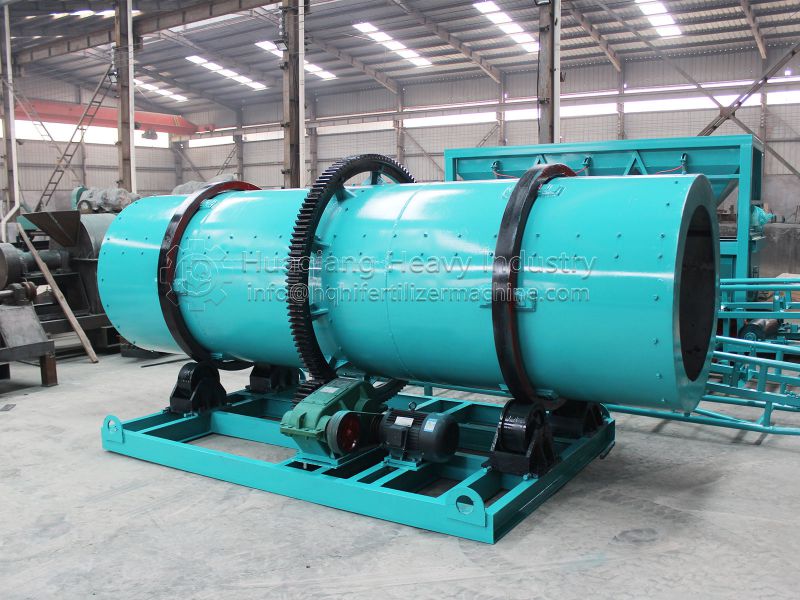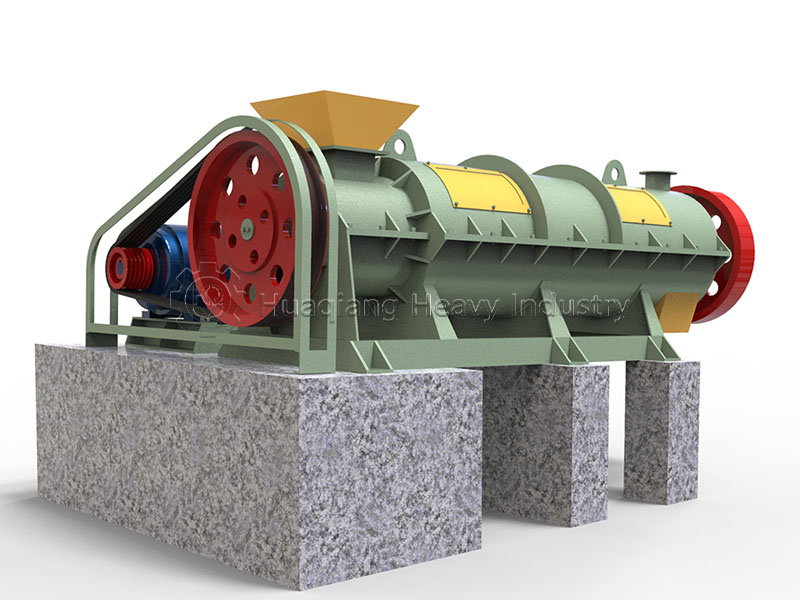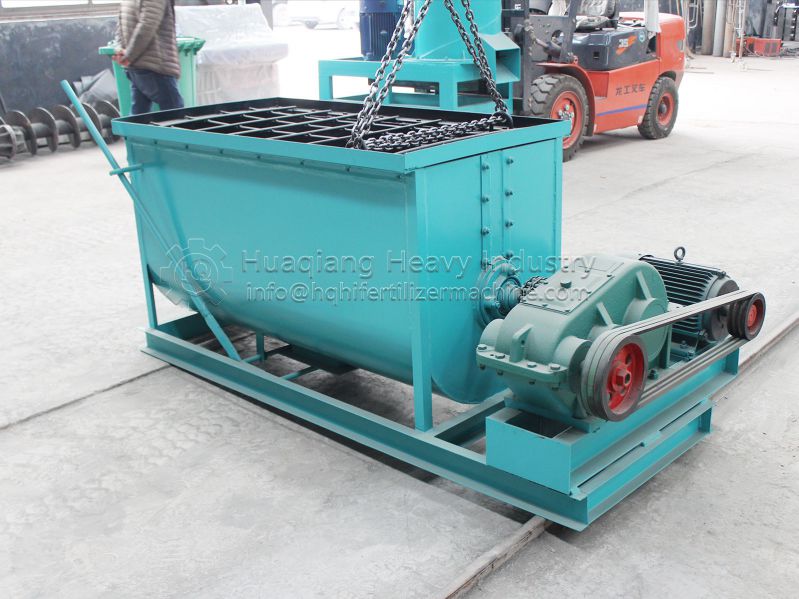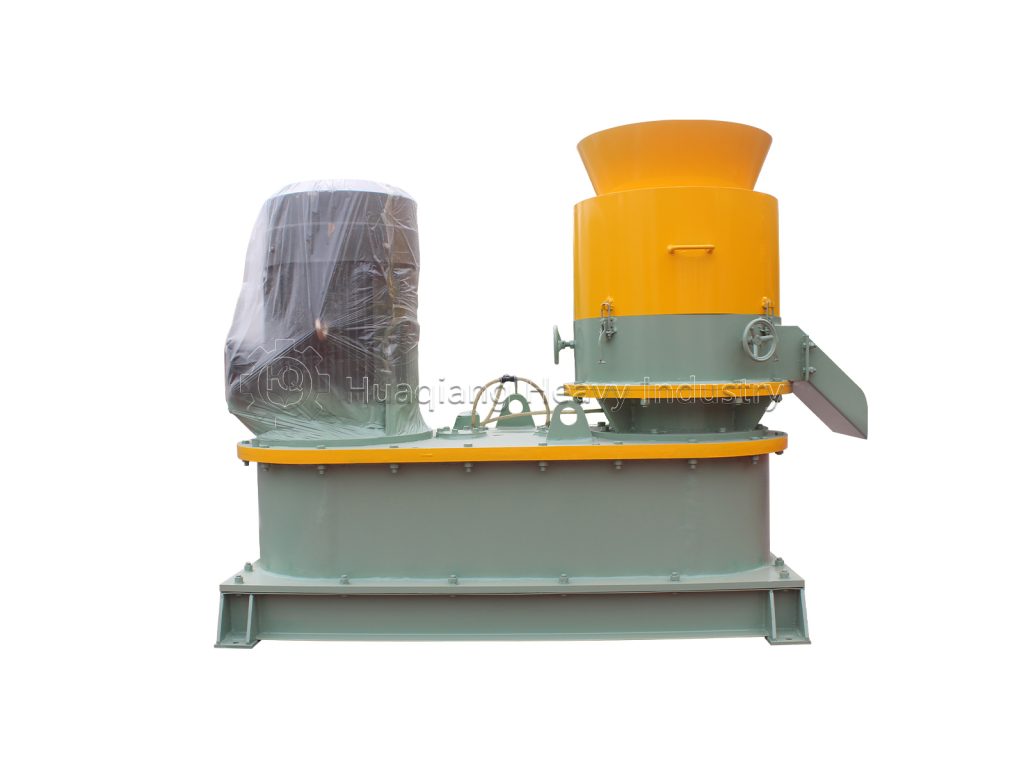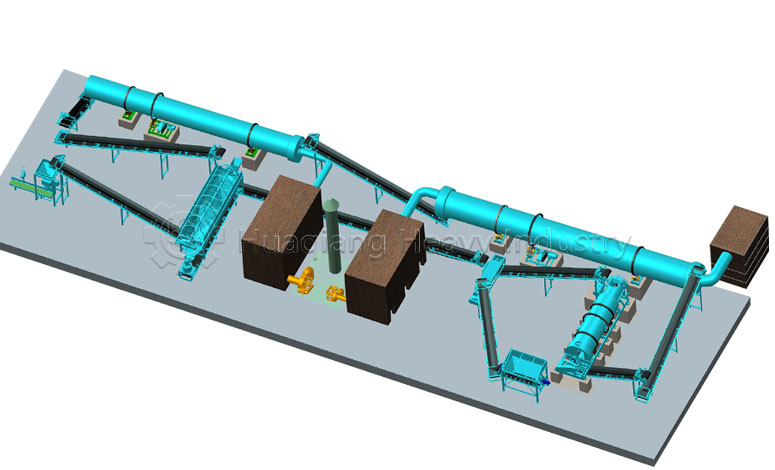Double screws compost turning machines operate frequently in organic fertilizer fermentation workshops. Improper operation or untimely maintenance can easily lead to problems such as uneven turning, insufficient power, and equipment jamming, impacting fermentation progress.
1. Dead corners remain after turning, and some areas remain uncomposted
The main cause is excessive clearance between the spiral blades and the sidewalls of the fermentation tank (over 10 cm), or the double screws compost turning machine is moving too fast, preventing material from being turned over the edges. To address this, adjust the position of the spiral blades to reduce the clearance to within 5 cm. Also, reduce the double screws compost turning machine’s speed to ensure that every area is thoroughly turned.

2. Motor overload and tripping, insufficient power
This is often caused by excessive moisture content (over 70%) in the raw materials, resulting in increased friction on the spiral blades due to high viscosity, or by large impurities in the raw materials that may be blocking the blades. To address this, adjust the moisture content of the raw materials to 60%-65% before clearing impurities from the fermentation tank. If the compost tank is frequently overloaded, check the tightness of the motor belt and tighten or replace it.
3. Rapid wear of spiral blades, reducing turning capacity
This is primarily due to the presence of hard impurities (such as sand and gravel) in the raw materials, or the blade material not being suitable for wear resistance. To address this, install a screen to filter out hard particles before the raw materials arrive. Regularly inspect the blades for wear. If the blade thickness has decreased by 1/3 or cracks appear, replace them promptly.
